Certificates for download
India - AX2022/06Download documents
Srovnání jednotlivých druhů levandulí/Comparison of lavender speciesBEWIT Lavender RAW, CO₂
100% pure and natural CTEO® essential oil
BEWIT Lavender RAW, CO₂
Lavandula angustifolia
Let the soothing tenderness permeate you and let your body and mind calm, relax and regenerate.
Aroma: delicately herbal, floral
Use: inhalation, massage, bathe
Curated reviews by the BEWIT Team
„Za mě nejlepší ze všech levandulí, ke kterým jsem kdy měla tu možnost přičichnout. Možná dokonce nejlepší ze všech EO. Uklidňuje, harmonizuje, voní čistotou. Miluju. “
Markéta Sýkorová
BEWIT Lavender RAW, CO2
Also known as: Lavender, true lavender, narrow-leaved lavender
Treat not only your skin to the tenderest and most gentle care.
A great base for natural perfume, body serum and repellent.
It will help induce pleasant sleep and relieve emotional difficulties.
It washes even the smallest ones.
Enjoy a rare feeling of calm, gentleness and harmony.
There is no lavender like lavender
While the scent of French(Lavandula angustifolia) is distinctive, floral and sweet, the scent of lavender Kashmir (Lavandula angustifolia) is complemented by subtly bitter notes. Lavender Spike (Lavandula latifolia) is dominated by distinctly sweet and camphor notes, while lavender from Albania (Lavandula angustifolia) is softer and has a gently herbal, sweet aroma. Lavender RAW (Lavandula angustifolia) essential oil smells mildly herbal.
RAW, CO2
This essential oil was produced by the supercritical extraction method using carbon dioxide. The oils obtained in this way have a fresher and cleaner smell. Because the process is carried out at low temperatures, heat-sensitive substances are preserved.
CONCLUSIONS
Lavandula Angustifolia Oil
Linalool*, cinnamal*, limonene*, geraniol*, benzyl alcohol*, citral*, citronellol*
*natural component of essential oil
Country of origin
India
100% pure and natural
All ingredients contained in the product are 100% pure and natural and non-synthetic.
Ahinsa
An ethical approach is founded on respect for all forms of life.
CTEO®
The CTEO® pictogram is an expression of the BEWIT standards and protocols by which we check the quality of our essential oils. These include procedures for sourcing, transporting, storing, packaging and shipping essences.
To ensure maximum results every time, we make our essential oils from plants that come from the best sources around the world. We select our ingredients with an emphasis on scientific knowledge, historical wisdom, the legacy of our ancestors and practical results.
Insect Free
The product contains no insects or parts thereof.
Laboratory tested
In our Ostrava laboratory, we meticulously analyse the exact composition and quality of essential oils at an unparalleled level. For more insights into the methods we use to uncover the secrets of these unique gifts of nature, visit here. Or simply take a closer look at a sample of BEWIT Lavender Kashmir essential oil.
No dyes
The product does not contain dyes.
No phosphates
The product does not contain phosphates.
Non GMO
The composition of the product is 100% made up of ingredients that have not been genetically modified.
Non synthetic
The product does not contain synthetic or synthetically produced ingredients.
Pyramidised
To significantly improve the properties, quality, durability and efficiency of the product, we apply harmonising pyramidal energy to it during processing, storage and shipping. More information about BEWIT pyramids here.
Benefits
Harmonises
Soothes and calms
Brightens and tones
Methods of use
Inhalation
Drip 3–5 drops of essential oil into the diffuser or inhalation stick.
Massage
Gently massage the soles of the feet or the whole body with a mixture of five drops of essential oil and 30 ml of carrier oil.
Bath
Mix 3–5 drops of essential oil and three tablespoons of cream, honey or liquid soap thoroughly into the water-filled bath.

100% pure and natural
All ingredients contained in the product are 100% pure and natural, non-synthetic.
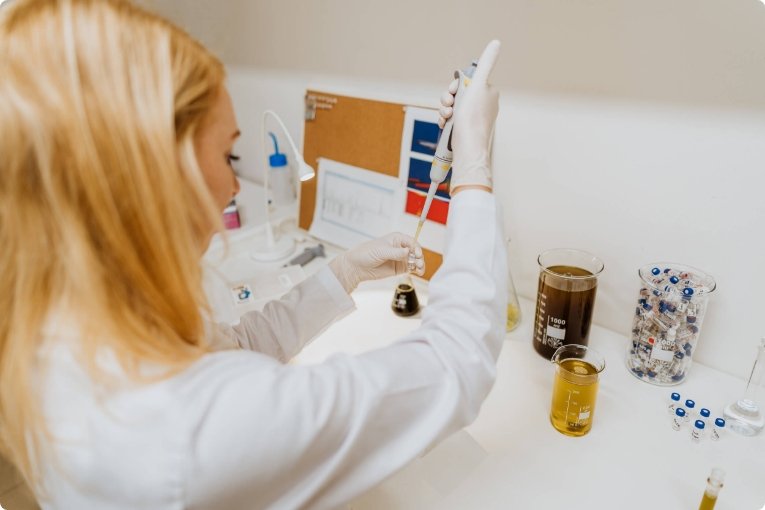
Own formulas and developments
We blend all essential oil blends at our headquarters in Ostrava, according to our own formulas, which are based on the most modern world studies as well as the thousand of years-of traditions of Eastern medicine.

We have the highest quality sources and suppliers
We always advocate and strive for a maximally respectful approach to the natural environment. That is to say, a gentle and as natural as possible way of growing, harvesting and processing plants. Free of herbicides, pesticides, insecticides, contaminants, chemical residues and genetic modification.
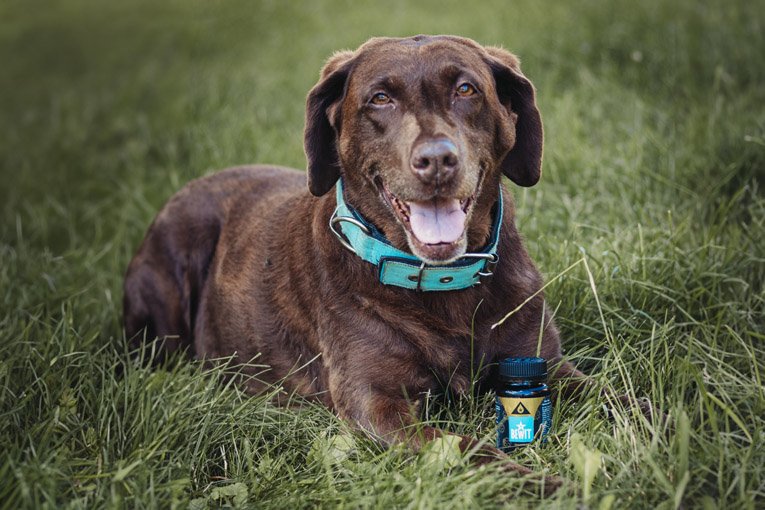
We honour the principles of AHINSA
It is a moral and religious principle of Hinduism, Buddhism and Jainism, which consists in respect of all living things.
Ingredients
| Czech botanical name: | -- |
| English Name: | BEWIT Lavender RAW, CO₂ |
| Latin name: | Lavandula angustifolia |
| Country of origin: | India |
| Part of the plant: | Flowers |
| Method of obtaining: | Supercritical CO2 extraction |
| Colour: | Colorless to light yellow |
| Aroma: | Lavender |
Download documents
Reviews
BEWIT Lavender RAW, CO₂
100% pure and natural CTEO® essential oil
Want to add your own review? We're interested in your opinion.
Sign in / RegisterZa mě nejlepší ze všech levandulí, ke kterým jsem kdy měla tu možnost přičichnout. Možná dokonce nejlepší ze všech EO. Uklidňuje, harmonizuje, voní čistotou. Miluju.
Did you find this review helpful?
+ 6
Skúsili sme viac druhov, tãto zatiaľ vedie. Pomohla aj v lete pri štípancoch na citlivej detskej pokožke, upokojuje. Super do kúpeľa i krēmikov.
Did you find this review helpful?

De cand am primit-o, am avut ocazia sa -i testez eficienta la cateva rani minore. Functioneaza foarte rapid, iar mirosul raspandit este bonus !
Did you find this review helpful?
Kolejny Must have w mojej kolekcji bez którego sobie nie wyobrażam funkcjonować. Miałam odcisk od buta i po jednym dniu kilkukrotnego nacierania ani śladu. Obowiązkowy olejek przed snem w dyfuzorze. Na problematyczną, wysuszoną skórę twarzy nakładałam i skóra pięknie się zregenerowała. Mieszam go z olejem migdałowym a na mniejsze powierzchnie bez rozcieńczania. Kiedyś się poparzyłam gorącą patelnią i normalnie zawsze mam bąble a tym razem błyskawicznie zareagowałam lawendą i aloesem i normalnie CUD. Nie umiałam w to uwierzyć, ale na drugi dzień prawie śladu nie było. Kocham go miłością wielką
Did you find this review helpful?
Levandula raw co2 je pre mňa zázrak, krásne sa stará o drobné poranenia – chrasticky, zatrhnutu kožu na nechte a môj synček ju miluje. Po kúpeli stačí kvapka do nosného oleja a pomasirovat bruško, stehienka, líčka a spinká hneď. 😁
Did you find this review helpful?
+ 1
Mám vůni levandule moc ráda a z Bewit EO levandule mi konkrétně tato RAW voní nejvíce. Občas jsem mívala problémy s usnutím, pak jsem si koupila menší difuzér i do ložnice (větší v obýváku se mi nechtěl přenášet), každý večer ho pustím na 30 min před spaním s touto levandulí a spím jako dřevo :-). Dokonce už ji kapu i na keramickou Bewit destičku a dávám do šatní skříně. Pánové doma sice chvíli nadávali, co to tu „čoudí“, ale teď už taky pozorují lepší kvalitu spánku. Bewit EO používám 1,5 měsíce a mám pocit mnohem většího duševního klidu a bytí nad věcí. A to jsem bývala vždy optimista, ale toto je něco víc. Jako když vám přírodní dary v podobě EO otevřou další dveře intuice a vnímání. Kromě levandule nedám dopustit na zelenou mandarinku, smrk, borovici, červený pomeranč, směs Peace a Miracle.
Did you find this review helpful?
+ 34
Teraz casto vyuzivana na stipance od komarov. Len neriedenu kvapnem a pekne zaceluje rany
Did you find this review helpful?
+ 1
Keď som prvý krát pričuchla k tejto vôni tak mi prišla trochu odlišná od iných vôni levanduli, ale veľmi rýchlo som si na ňu zvykla. Ja však najviac tento olejček používam ako takú „masť“ . Keď mám nejaké poranenie, vyrážku, hocičo boľavé tak si to potriem týmto olejom a veľmi mi to pomáha. Nepoužívam už žiadne umelé chemické krémy. Verím len tomuto olejčeku, kedže levanduľa je fakt zázrak na všetko.
Did you find this review helpful?
+ 5
Am cumpărat Lavanda Co2 din curiozitatea de a testa toate uleiurile esențiale de lavandă existențe la Bewit. Mirosul nu m-a impresionat, ba din contră , îl percepeam acru ca de sare de lămâie 😅. Totuși am fost în vacanță cu prietenii iar seara erau toți arși de soare așa ca am aplicat câte 20 picături din acest ulei de lavandă pe spatele ars de soare a fiecărei persoane. Am masat cu ulei vegetal toată zona arsă iar dimineața SURPRIZĂ! nici urmă de roșeață. Deci mirosul nu îmi place dar ca efect își face treaba!
Did you find this review helpful?
Olejek lawendowy bardzo fajnie mnie uspokaja. Stosuję go przy bólach głowy. Ma cudowny i intensywny zapach. Również idealnie nadaje się do cery wrażliwej i skłonnej do trądziku. Bardzo ładnie ją wycisza. Na pewno jest to olejek obowiązkowy
Did you find this review helpful?
+ 1
Kellemes illata van, a raw levendulához tudnám inkább hasonlítani. Nyáron napozás után használtam többször és kellemesen lehűtötte, nyugtatta a bőrt. Zuhanyzás után is kellemes érzetet ad.
Did you find this review helpful?
+ 3

Levandule je super uklidňovák, pomáhá i při porodu (po koupeli v ní mi krásně zesílily bolesti :D), dále ji používám při hojení jizev, při uklidnění a před spaním. Je to takový můj uklidňovák :-) Příště ji musím vyzkoušet na štípanec od hmyzu :)
Did you find this review helpful?
+ 3
Chtěla bych potvrdit rychlý účinek levandule – štípla mě vosa do dlaně, začalo to pálit a natékat. Hned jsem místo potřela několika kapkami EO levandule a úleva byla okamžitá.
Did you find this review helpful?
+ 15

Levandule je jediný esenciální olej, který používám neředěný přímo na kůži. Ať je to popálený prst o sklo svícnu, vyrážka, spálenina od sluníčka nebo ložisko bez srsti na hlavě našeho kocoura. Když dám pár kapek do difuzéru, provoní celý prostor a vždy navodí pocit, že je vše tak jak má, ať se děje cokoli. Pár kapek do nosného oleje, mléka nebo smetany a následně do teplé vany večer, krásně zklidní a urychlí nástup spánku, který je pak hlubší a vydatnější. V roll-on v oleji si ho aplikuji na zápěstí nebo spánky a vždy spolehlivě stopne rozjíždějící se bolest hlavy. No a v inhalační tyčince ho mám vždy s sebou a používám zejména v přeplněné městské hromadné dopravě. :-) Děkuji nejen za něj.
Did you find this review helpful?
+ 15
Polecam, cudowny zapach … Świetnie działa na poparzoną skórę, nawilża i likwiduje podrażnienia.
Did you find this review helpful?
+ 1
Krásna podmanivá vôňa levandule, akoby som voňala celý záhon čerstvých kvetov. Univerzálny olej, nemal by chýbať v lekárničke, hlavne tam kde sú deti. Pomáha s odreninami, ekzémom, akné, pri problémoch so spánkom. Odporúčam.
Did you find this review helpful?
+ 1
Čo je lepšie na zimné dni ako urobiť si čokoládový rituál. Ideálna kombinácia na pridanie – Esenciálna voda Rosé🌹 sa krásne doplnila pridaním 2kvapiek esenciálneho oleja Levanduľa.
V smotane rozpustite kúsky horkej čokolády,pridajte kardamon/ už sa teším keď si ho kúpim v EO / pridajte kakao. Do horúcej čokolády pridajte olejček a EV Rose
Did you find this review helpful?
+ 1
Levandule ☯️~ to je pro mě vždy základní & zásadní esence doma. Její vůně mě provází životem dlouhodobě. TÍM, že je vhodná i pro Děti je No.1. Používám ji do oleje na tělo pro sebe i rodinu. Neteře- větší(i menší) odřenina ,naraz apod.- aplikuji především pro klid v dane situaci a úlevu na psychicke úrovni, případně pak okoli ranky, apod. (dle případu)i pro fyzickou úlevu od bolesti. Predevsim je velmi uklidňující, harmonizující ,a to znatelně. Když mi neni jakkoliv dobře, ať už na těle, či na duši, sáhnu po Levanduli. ☯️
Did you find this review helpful?
+ 9

Moja córka jest w trakcie leczenia ortodontycznego – po ostatniej wizycie, druty z nowego aparatu dotkliwie pokaleczyły jej jamę ustną – miała dużą ranę w policzku, a dodatkowo stan zapalny dziąseł. Było to bardzo bolesne i nieprzyjemne – ciężko jej było jeść czy nawet pić cokolwiek przez rurkę bo każde otwarcie ust sprawiało jej ból. Postanowiliśmy wypróbować EO. Przez kilka dni smarowaliśmy ranę na policzku Lawendą, a chore dziąsła EO DENT. To przyniosło zdecydowana ulgę. Rana w policzku ładnie się zagoiła w ciągu 2 – 3 dni. Dziąsła, córka smaruje codziennie mieszanką DENT, a dodatkowo dodaje kroplę do pasty do zębów podczas każdego mycia zębów.
Did you find this review helpful?
+ 4
Chcela som dat foto doudieranej hlavy nášho syna ale vďaka tomuto pre mňa zázračnému oleju modriny na hlave zmizli do 4 dní. Naš malý kaskadér ma rok a šťastie na úrazy takže vďaka za tento olej som s nim spokojná a malý ma s nim naháňa po byte keď sa zas niekde udrie.
Did you find this review helpful?
+ 1
Disclaimer: The information presented on this website is presented for the sole purpose of sharing and promoting personal education. It is not meant to substitute for a personal relationship with a physician or qualified healthcare professional. It is not intended to alleviate or cure any medical or psychological condition, nor to act as a preventative measure, nor to diagnose or encourage such activity. If you are currently under medical care, or undergoing any medical treatment, you should consult with your treating physician regarding changes in diet or changes in relation to the information described.
This information is not intended as medical advice, but rather as a sharing of knowledge and information. We encourage you to form your own opinion about health care in collaboration with a qualified health care professional and make your own decisions based on your judgment and research. These statements have not been evaluated by regulatory authorities. We encourage you to do your own individual research before making a purchase or decision.

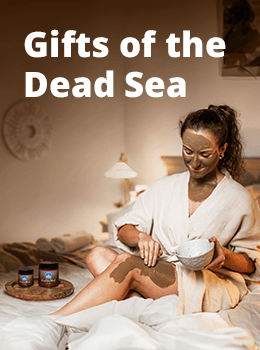
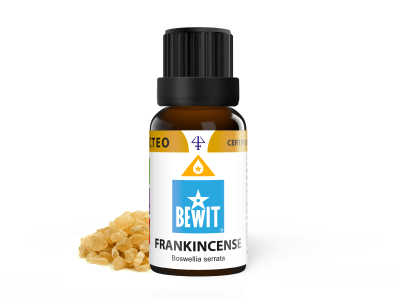
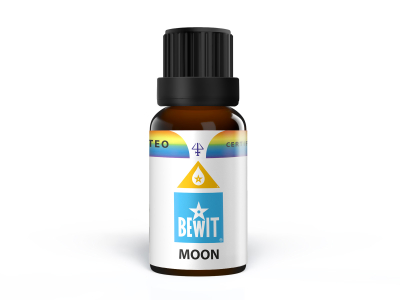
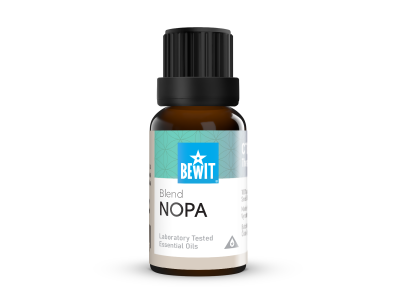
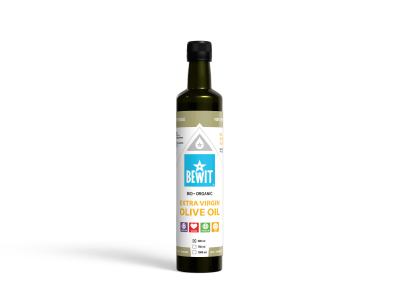
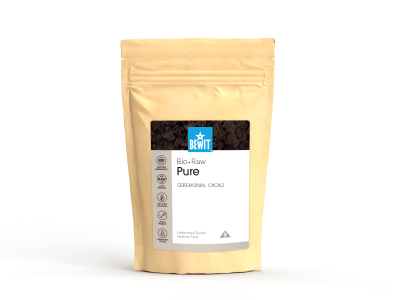
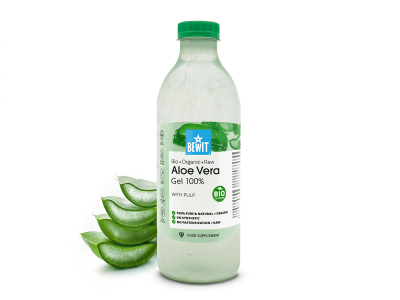
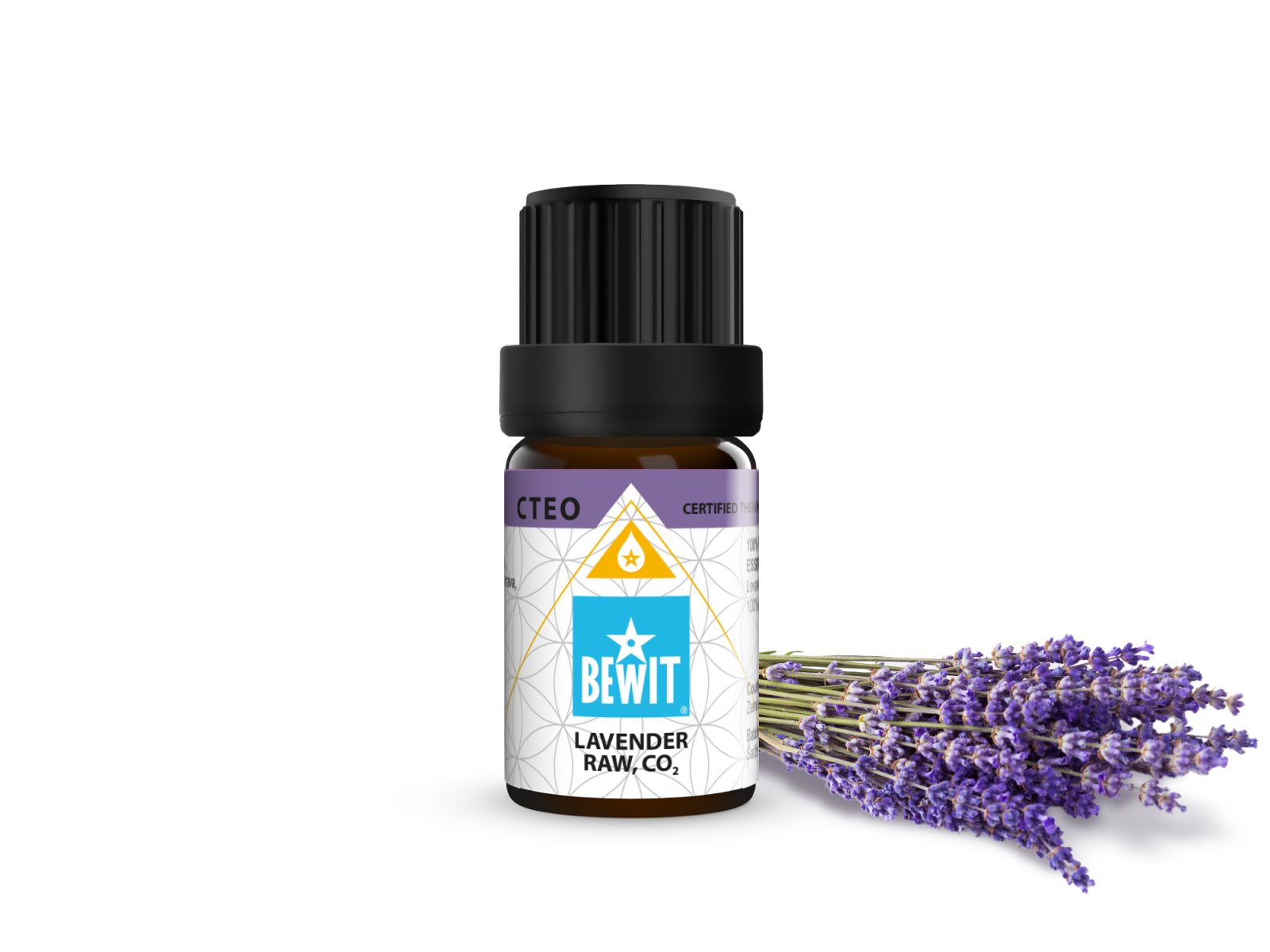
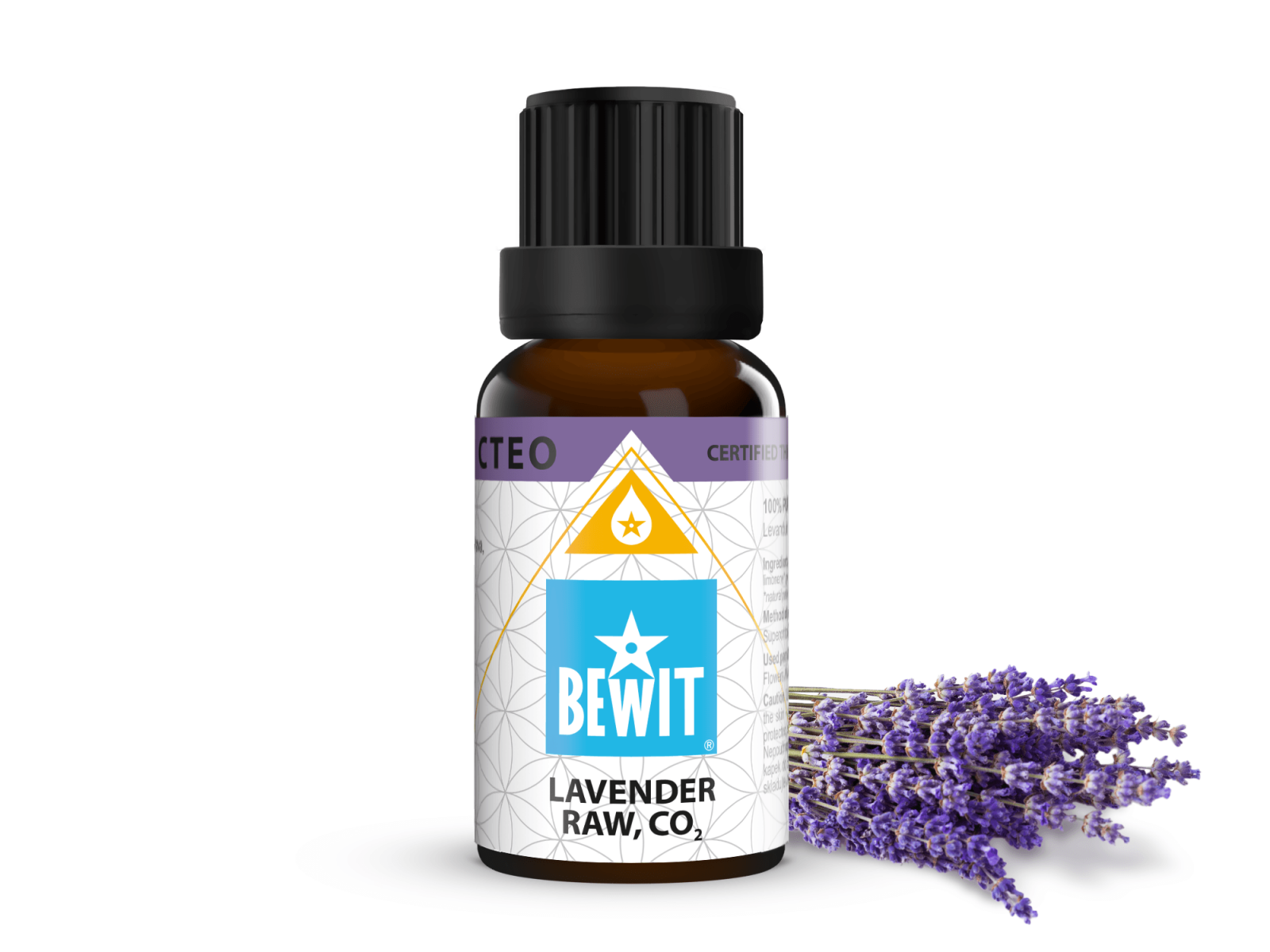
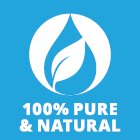





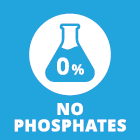

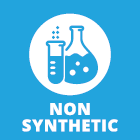

 Česky
Česky  Slovensky
Slovensky  Magyar
Magyar  Polski
Polski  Română
Română